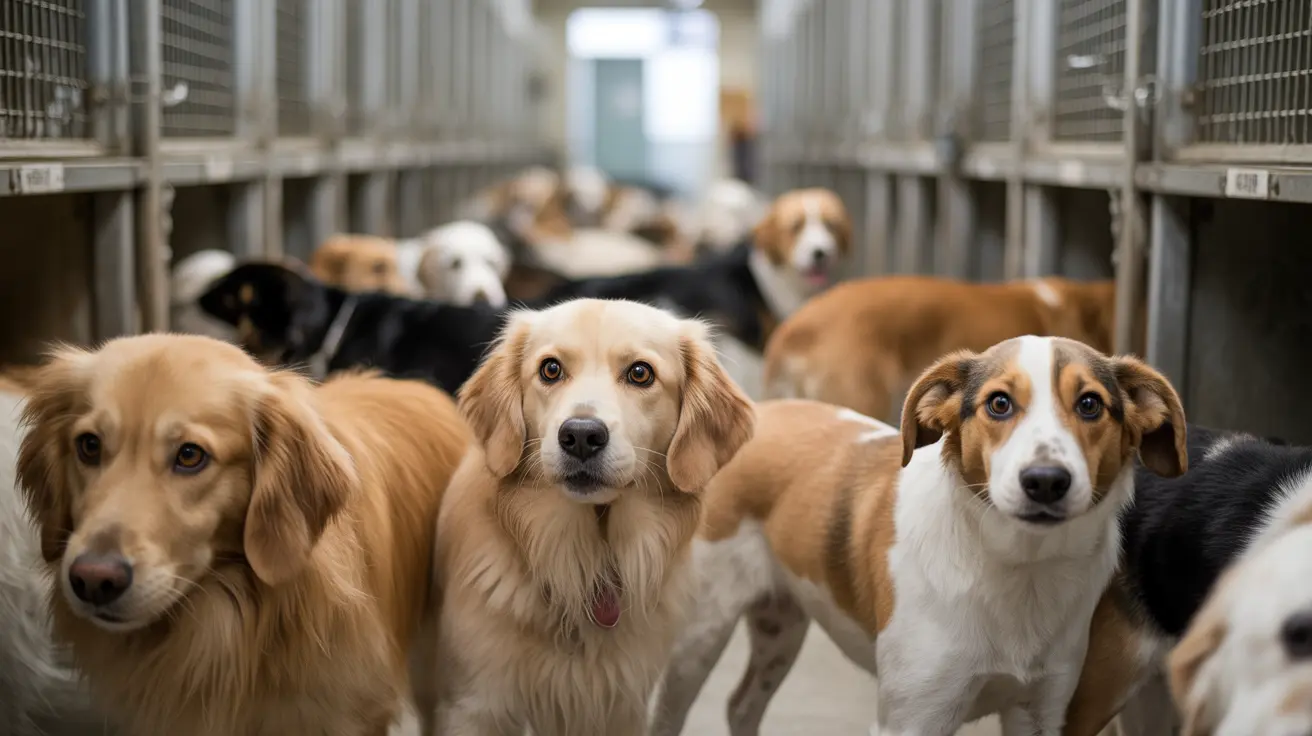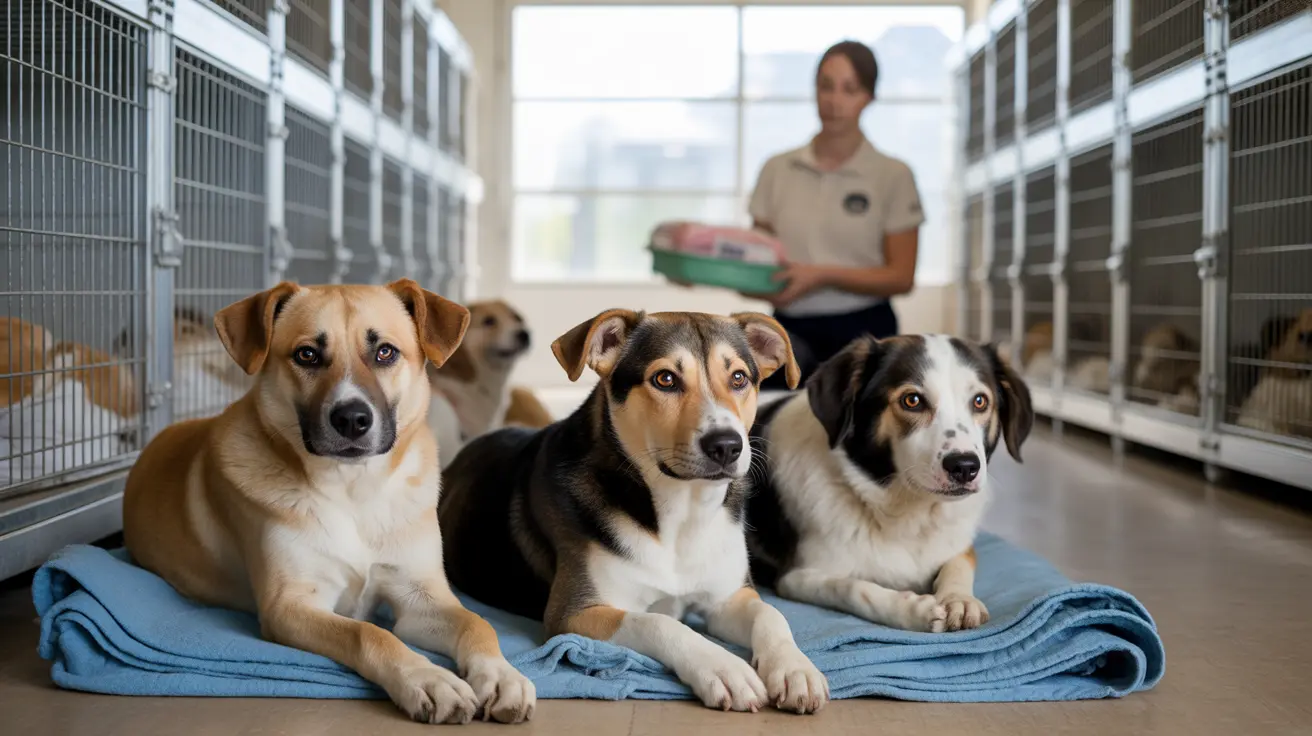Do Male Dogs Cry When in Heat? Understanding Canine Behavior
Many pet owners are surprised when their male dogs start whining, pacing, or even appearing distressed. This behavior often raises the question:
Do male dogs cry when in heat? Let's clarify this concept and offer comprehensive insights into the biological and behavioral patterns of male dogs in response to a female in heat.
Understanding Canine Heat Cycles
Heat — also known as estrus — refers to the reproductive cycle in
female dogs. During this period, a female becomes fertile and exhibits signs that attract males. It's crucial to understand that
only female dogs go into heat; male dogs do not experience heat in the same way.
Why Male Dogs React to Females in Heat
Although male dogs don't go through reproductive cycles themselves, they are incredibly sensitive to the cues released by females in heat. These include:
- Pheromones: Chemical signals released by females that are detectable from long distances.
- Behavioral Changes: Females may become more flirtatious and playful, triggering excitement in males.
Signs of Male Dog Distress Around a Female in Heat
Male dogs can become overwhelmed by the intense biological urge to mate. This anxiety often manifests in ways similar to crying or whining. Common behaviors include:
- Whining or Crying: Vocal communications often mistaken as emotional rather than instinctual.
- Restlessness: Pacing and constantly sniffing the air or ground.
- Escaping behavior: Attempts to leave home to search for the female.
- Loss of appetite: Stress can suppress interest in food.
- Mounting behavior: Even outside of actual mating, mounting can express heightened arousal.
Do Male Dogs Feel Emotional Distress?
Although we tend to anthropomorphize our pets, much of a male dog’s behavior in response to a female in heat is instinct-driven. The whining or apparent crying is not from sadness but from a strong sexual drive and possible frustration in not being able to fulfill it.
How Long Does This Behavior Last?
Females remain in the heat phase for about 2–4 weeks. During this time, a nearby male may react throughout the entire cycle, particularly during the most fertile days (typically days 9–15). Once the heat cycle ends, the male generally returns to normal behavior.
Managing a Male Dog Around a Female in Heat
If you have a male dog exposed to a female in heat, there are several ways to manage his behavior:
- Keep them separated: Maintain distance or house them in separate locations.
- Use distraction techniques: Toys, treats, and training can help redirect focus.
- Limit outdoor walks during peak times: Avoid areas where females might be present.
- Consider neutering: This can reduce sexual behaviors and psychological stress.
Should You Be Concerned?
In most cases, crying or whining around a female in heat is temporary and not harmful. However, if these behaviors are extreme or causing distress to the dog or your household, consult your veterinarian or a certified dog behaviorist for guidance.
Conclusion
To answer the question directly:
Male dogs do not cry because they are in heat; they react to females in heat with instinctual behaviors, which may include whining or seemingly emotional responses. Understanding the difference between instinct and emotion in dogs will help you respond appropriately and ensure the comfort of your pet.
Helpful Tips:
- Monitor behavior patterns to distinguish instinct from health concerns.
- Create a calm environment to reduce anxiety.
- Evaluate the pros and cons of neutering with your vet.
With knowledge and proper management, navigating your male dog’s response to a female in heat can be a manageable part of responsible pet ownership.





